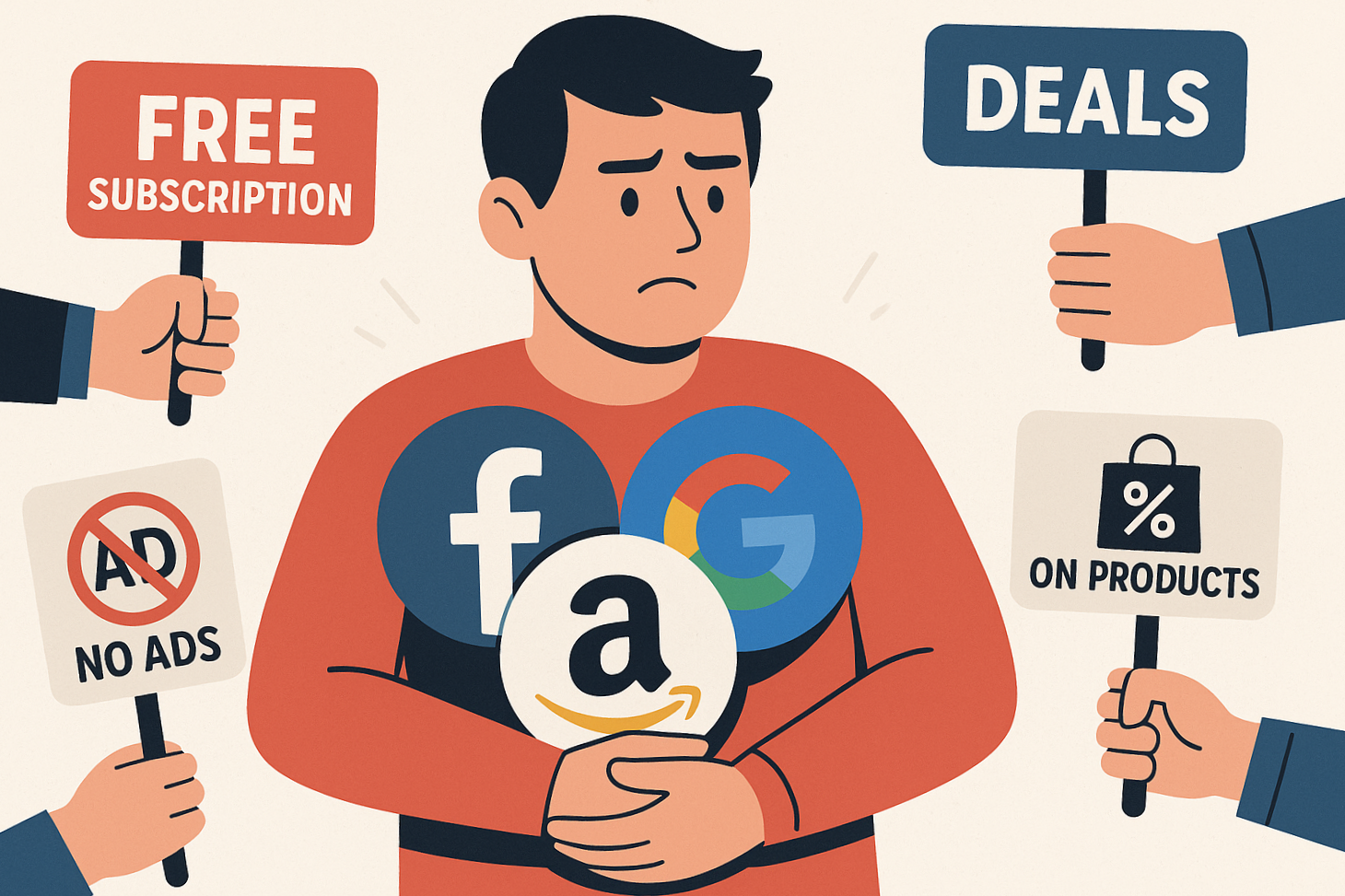Consumer Inertia: The Real Moat in the Race Between GenAI Models
Summary:
o3 beat Grok at chess—does it matter in the GenAI race? Benchmarks keep crowning smarter models, but the real moat is Consumer Inertia—the tendency to keep using a product out of habit, routine, or because switching is inconvenient. Silicon Valley is full of failed consumer products with great features. The lineup of top platforms—Google, Facebook, Amazon—has barely moved in a decade. Even if OpenAI leads on model quality, platforms like Gemini, Grok, and Llama can lean on user habits and their parent companies’ distribution. At PhotoSpot, we saw a 34% lift in conversion from UX improvements—and none from swapping the underlying model. So let’s not crown winners on benchmarks alone. The GenAI race will be decided in the application layer by companies that build consumer stickiness.
In recent news, OpenAI’s o3 model crushed Grok 4 in a Kaggle chess tournament. Chess has long been considered a benchmark for AI’s progress, even before LLMs were invented. When we think of AI, we often focus on its ability to “think.” But how many ChatGPT users have actually tested every other model’s “thinking” capabilities before deciding which LLM to use for writing emails or presentations? Is there another reason why we’re sticking with ChatGPT?
I have experience building both enterprise products and consumer products. There is a hidden cost of consumer products that doesn’t get discussed enough: Consumer Inertia. Consumer Inertia is the tendency of a consumer to continue buying or using a product out of habit, routine, or because switching is inconvenient—rather than switching to the most logical choice. Contrary to intuition, enterprises often adopt new tools in certain categories faster than it might seem—even though they face higher switching costs than consumers.
Let’s look at some examples. In the world of data analytics, over the last 20 years, organizations have added and adopted tools such as Excel, VBA Macros, Power BI, Python, R, Tableau, and many other platforms that rose to popularity at different times. On the other hand, for most of the last decade, we’ve been using the same consumer products—Facebook, Google, Uber, Amazon, etc. There has been no shortage of alternatives to these products, yet we keep sticking with them. In fact, if you ask ChatGPT for a list of consumer products we stopped using in the last decade, it comes up with examples that barely took off—like Google+..
Let’s look at some examples. In the world of data analytics, over the last 20 years, we have moved through Excel, VBA, PowerBI, Python, R, Tableau, and a long list of platforms that became popular at different times. On the other hand, for the majority of the last decade, we’ve been using the same consumer products—Facebook, Google, Uber, Amazon, etc. There has been no shortage of alternatives to these products, yet we keep sticking with them. In fact, if you ask ChatGPT for a list of consumer products we stopped using in the last decade, it comes up with examples that barely took off—like Google+.
The high cost of overcoming Consumer Inertia is the reason most VCs stay away from consumer products unless they take off quickly. Facebook runs tens of thousands of experiments concurrently to find those few products that users will actually adopt. The Bay Area is filled with examples of high-profile consumer product launches that users simply refused to embrace despite huge marketing efforts—Google Glass, Periscope, etc.
So, what does this mean for GenAI? While OpenAI might dominate in the arena of “thinking” models, I believe Google’s Gemini, xAI’s Grok, and Meta’s Llama still have an upper hand. Even if they lag slightly in model efficiency, they have the luxury of covering that gap with Consumer Inertia. Consumers are unlikely to switch platforms, even if another model is objectively better. OpenAI’s recent hiring of Fidji Simo, former head of the Facebook app, signals they might be gearing up for this very battle.
At PhotoSpot, our own experience showed that improving product experience led to a 34% higher conversion rate, while upgrading the underlying model did not lead to any significant improvement in conversion rate (results). Platforms like Perplexity have been rapidly launching new products to find the ones that stick.
An old Indian proverb says: “No one knows which side the camel will sit.” Predicting which products consumers will finally adopt—and which they won’t—is incredibly difficult. Even legends of the tech world have often failed to get it right. For companies building with GenAI models, success beyond enterprise customers will require overcoming the strong Consumer Inertia tied to a decade-long usage of existing popular platforms.
So, let’s not declare winners in the GenAI battles based solely on model performance until the application layers built on top of them have shown clear signs of winning.
